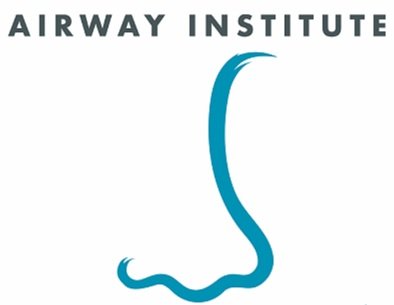
THE TIES THAT BIND
A tongue-tie was once thought of as something that only affected babies and breastfeeding. However, modern medicine and dentistry has found that serious issues related to tongue-tie and lip-tie can affect people of all ages. Releasing tongue, lip and buccal ties is now often considered an integral part of achieving optimal oral and dental health.
A tongue-tie or lip-tie is also known as a restricted frenum or a tethered oral tissue (TOT). The mouth has 7 frenula. Three frenula on the upper arch and four frenula on the lower arch. A frenum is a piece of soft tissue that runs in a thin line between the lips and gums and is also the line or band of tissue under the tongue. We all have them. In some people however, the frenum is too tight, or too short, and it can actually restrict the movement of the tongue and/or facial muscles. Lips can be tied as well and can create many issues with speech, eating and tooth position. In addition a restricted frenum can prevent the tongue from resting in the correct place or impair the proper growth and development of the dental arches and craniofacial region.
Your tongue should fill up the entire roof of your mouth. When it does, it provides an internal support structure for the upper jaw. If your tongue is in the right place your teeth will grow in straighter and your face will develop properly. A tongue-tie keeps your tongue locked in the bottom of your mouth. People who are tongue-tied often mouth breathe, so they experience a variety of myofunctional problems and symptoms. Chronic jaw pain, facial pain, headaches, clenching and grinding, dental and orthodontic issues are common in people with tongue-ties. Studies show that children who are tongue-tied are more likely to develop sleep apnea and airway issues.
At the Airway Institute we will provide a proper evaluation to determine if you have a functional tie that binds.

1.
Pre-Op Exercise
If you have a functional tie that binds, it is extremely important to do myofunctional therapy exercises before the procedure for a successful outcome! Your myofunctional therapist will prescribe a series of exercises to help strengthen and prepare the muscles of the tongue for the procedure as well as for the new range of motion you’ll experience post-surgery. We know how important it is to find the “right fit” during any therapy. At Airway Institute you will have the option of choosing to receive myofunctional therapy from the comfort of your own home, or in our private myofunctional thearpy room.

2.
Frenectomy
There are times in which a frenum may need to be treated surgically if it compromises a person’s function. The procedure can be called a frenectomy, frenotomy or frenulectomy. It’s a relatively simple procedure when performed by a trained dentist, however pre-op and post-op myofuntional therapy is critical for the surgery to be successful. The procedure can be done by using a laser or scissor technique.

3.
Wound Care
The mouth is very good at healing after a surgery, which is why caring for the wound is an integral part of the process. If the wound is not managed properly with good hygiene and oral exercises, it is possible that the tongue will re-attach and return to the way it was before, or even worse then before the frenectomy from scar tissue formation.

4.
Myo-Therapy
The newly freed tongue and oral muscles will need to be retrained and strengthened after the frenum is released. Think of it just like any other surgery where rehabilitation is required. The muscles in the tongue have never learned to move or rest properly prior to the release. So, in this case myofunctional therapy is just like physical therapy, only for the mouth!
